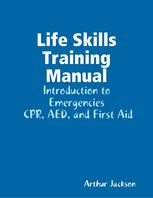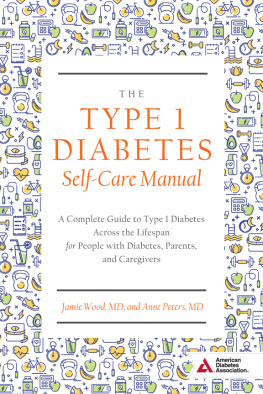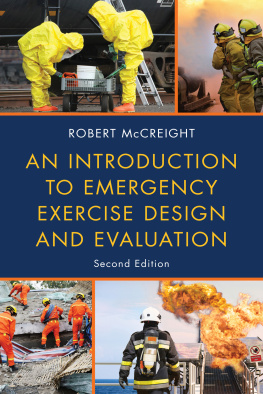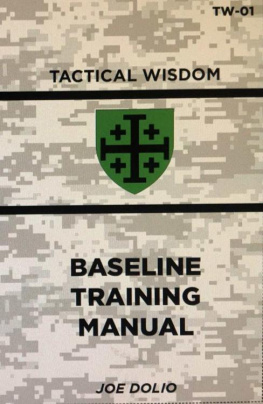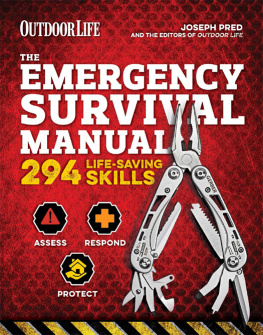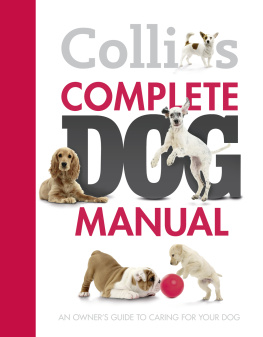
Life_Skills_Training_Manual
Arthur Jackson
Copyright 2013 by Arthur Jackson
ISBN: 978-1-329-44867-4
Introduction to Emergencies for Lay Responders
The Lay Responder
A Lay Responder is a person without specialized medical training that can provide initial emergency proceedures using limited equipment, to stabalize an injured person until Emergency Medical personnel can arrive. The definition (s) of a lay responders are as follows:
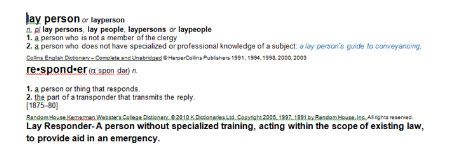
The goal of the lay responder is to:
- Recognize the presence of a medical emergency
- Make a decision to help
- Make the appropriate checks for safety (personal and for the injure
- Activate the EMS system
- Provide care in accordance with established law and standards
Barriers to Act
Providing care to the injured comes with responsibilities and concerns. In general three major concerns have been identified as causing the greatest fears, and barriers to acting among the public. These concerns/ barriers/ fears have resulted in seventy percent (70%) of injured person not receiving prompt care in an emergency in the past as reported by The American Heart Association. Every person will bring a different level of fear and concern into any emergency. The key to overcoming these barriers is to fully understand the rights and responsibilities of the individual lay responder in each area of concern. The three areas of concern are:
Legal considerations- fear of being sued
Disease-fear of communicable disease transmission
Lack of training- fear of not knowing what to do
Each area brings with it special concerns/fears for lay person providing aid to the injured in an emergency. These fears are not unreasonable and should not be considered as weakness. They are the normal reaction of many persons, and can be dealt with effectively by providing proper information and training. Each concern will be evaluated in this section, to provide lay persons with proper information and understanding that there is no need to be concerned or afraid, if they follow established procedures.
Legal Considerations
Legal considerations can be broken into two areas; international laws and national laws. Both have significant considerations for lay persons working in an emergency. In the age of mobility of individuals and groups, it is important to understand the duties imposed on the lay person while present in countries.
International Laws
Today most countries have laws regulating the legal responsibilities of lay individuals to the injured in an emergency. These laws are a response to the creation of international standards for care for the injured, created in the 1990s with the establishment of the, International Liaison Committee on Resuscitation by the American Heart Association and other international agencies. This organization establishes the international standards for CPR, and emergency care. These standards have been the basis for growth in international laws governing CPR, and emergency treatment generally.
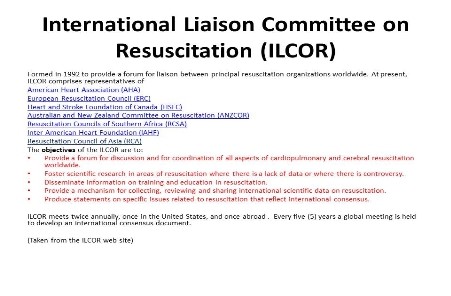
National Laws
Many countries will have in place laws to protect lay persons. These laws will differ from country to country and regions within a country, and you should become familiar with the laws of the country you are in, traveling through, or working in to understand how these laws will apply to you. In the United States OSHA regulation and Federal law are applicable to lay individuals

State Laws
All states in the United States have passed laws known as Good Samaritan laws, to help encourage lay persons to provide assistance in an emergency. These laws provide protection to individuals providing aid in an emergency, provided they;
- Voluntarily provide assistance- not ask or seek any remuneration for providing care
- Are familiar with the laws that govern your state.
- Stays within the scope of their training
- Provides training in accordance with applicable law
- Asks permission to provide care- remember everyone has the right to refuse care
Good Samaritan laws will vary from state to state. You should become familiar with the laws that govern your state. In order to receive protection from Good Samaritan laws, you should follow a process identified by S.M.A.C.K.
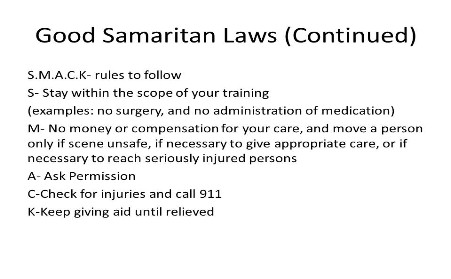
Disease
The transmission of disease during an emergency is a priority concern. During emergencies, body fluids present from the emergency can be infectious. However, following the standard precautions will provide maximum protection from disease.

If a first aid kit and appropriate protective equipment is not available, the responder can use improvised barriers from material at hand such as trash can liners, clothing, or food wrappers. When using improvised barriers be alert to possible allergic reactions.
These standard precautions require that each person use proper hand hygiene before, during and after each emergency. Proper cleaning of hands will prevent the spread of disease to the injured or the responder.
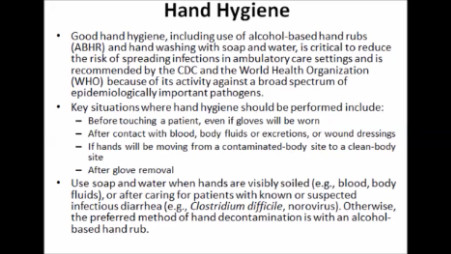
Proper hand hygiene includes the proper removal of contaminated gloves.
Removing Contaminated Gloves
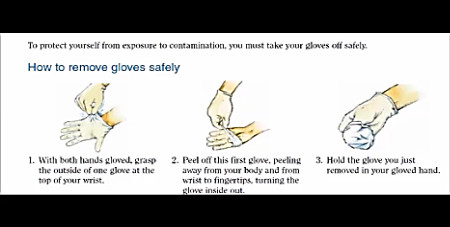
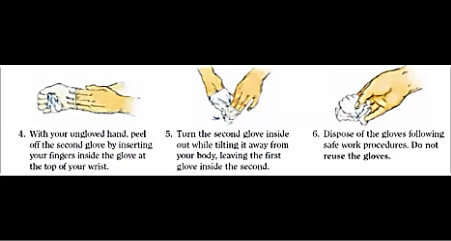
Lack of Training
The fear of, not knowing what to do is the easiest to be dealt with by the responder. It only requires training in classes such as this. In these classes the three C method is used to keep the responder safe. In any emergency, always do the following before entering any emergency;
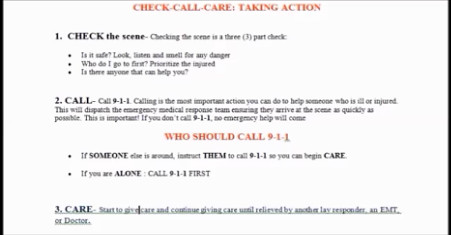
Structure of the Emergency Medical System
The Emergency Medical System (EMS) is primarily responsible for the treatment of al injured persons. The lay responder provides initial assessment and basic treatment of injuries to stabilize the injured until EMS personnel can arrive. The EMS system is a hierarchal system of lay responders, responders, EMTs, Nurses, and Doctors.

Lay responders are in many cases the first on the scene of an emergency, and may assume the responsibility of providing care, calling 911 to alert EMS personnel of the emergency, continuing to provide care to stabilize and maintain the injured until EMS can arrive.
Next page
